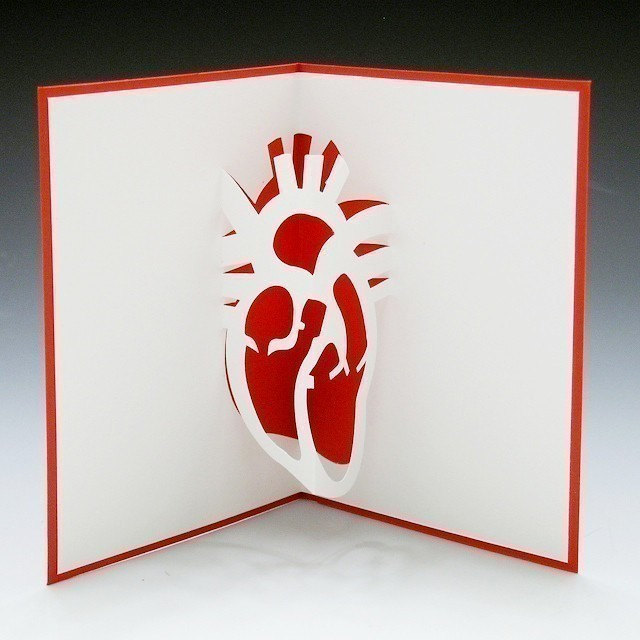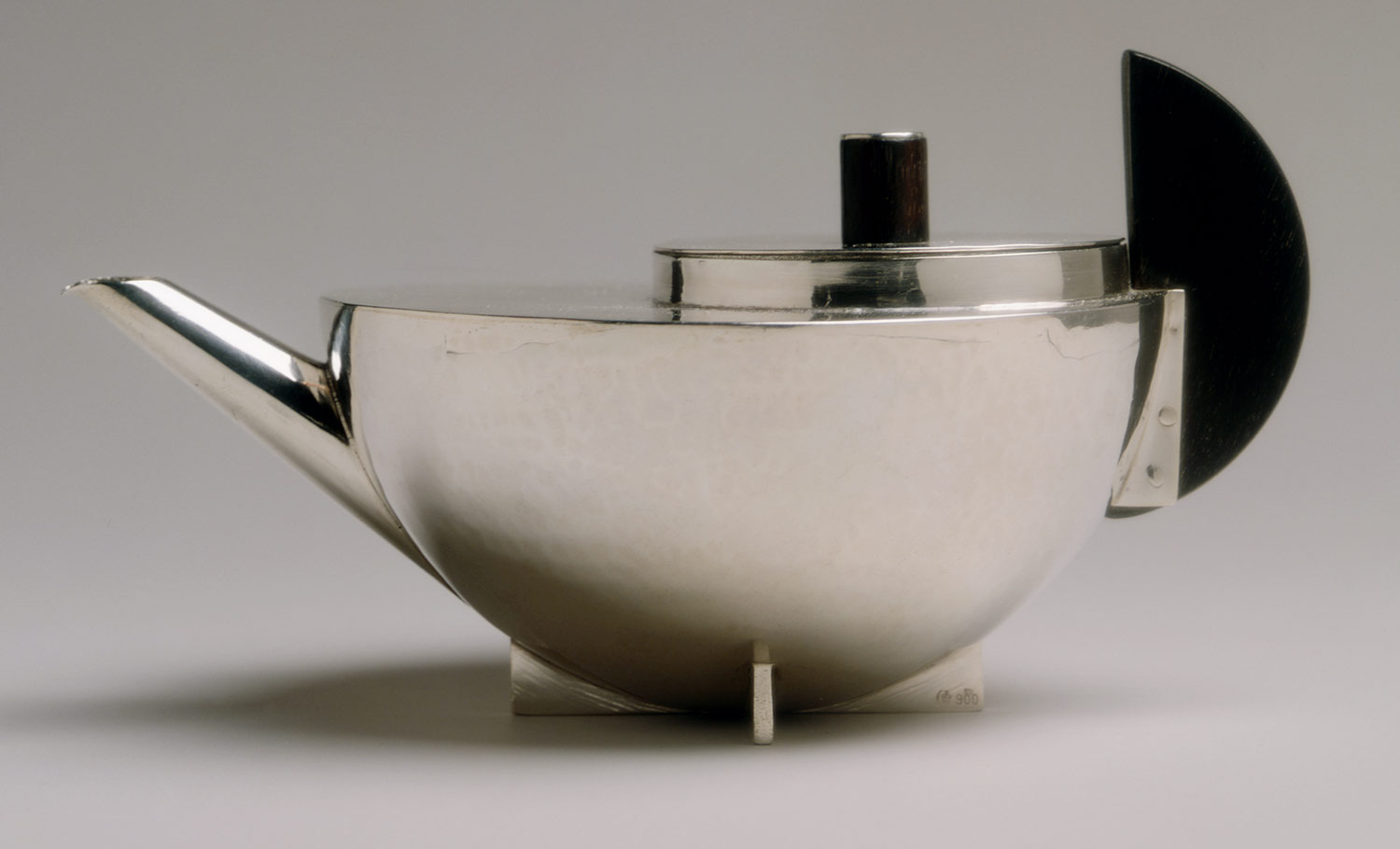
I have to admit something here. I don't like diamonds and never have. If someone gave me jewellery with diamonds in, I'd look at them oddly and know they didn't really know me very well. I don't like their flashiness, the way size is so important or the adoring cult that's grown up around them. Diamonds weren't particularly valued before the 19th century. The jewellers of the middle ages and Renaissance loved coloured stones: rubies, sapphires, emerald, garnets, amethysts. The ring on the right here is at the Victoria and Albert Museum in London. It's made of carved gold with a somewhat misshapen sapphire, and I think it's a thousand times nicer than anything you can buy from a high street jewellery shop. It's individual, made with care and the imperfections in the stone make it unique. The problem with diamonds is that the ideal diamond is colourless, flawless and perfectly cut. Perfection is slightly creepy, I've always thought. It's like the Stepford Wives - so perfect you think something must be wrong.
Diamonds are very tough, it's true. They rate a 10 on the 1-10 Mohs Scale and are therefore unlikely to be damaged if you bang your ring against something. But corundum (if it's red it's a ruby and any other colour is a sapphire, as long as it's transparent) rates a 9, which is hard enough even for rough everyday wear. To give you some idea of how tough that is, hardened steel is 7-8.
The reason diamonds are so highly regarded now is mostly the work of an extremely good marketing campaign. De Beers, started by Cecil Rhodes (never the most likeable of characters), made a deal in the Victorian era to supply diamonds in limited quantities so as to keep the price unnaturally high. They also came up with the line "a diamond is forever", one of the most successful (and corny) gimmicks there has been. They created an image of a stone and had enough money to make sure that it stuck. It's commonly thought that an engagement ring should have a diamond and that to be properly worthy of the girl in question it should cost a month's salary. I'm not sure where that idea came from, but I wouldn't be surprised if it were another piece of marketing from the diamond companies. It's a ridiculous idea that a romantic gesture must have a proportional cost. You can get a beautiful and unique handmade ring for less than that. Just go to your local galleries, or to
Etsy, and see what is available.
Because of the idea that bigger is better when it comes to diamonds, it's become a snide way of showing off to flash your ring and talk about how many carats it is or the clarity rating. It's sad that that's the way a relationship is judged, by the size of the rock on her hand.
The single most horrible thing about diamonds is the way they have been used, over and over again, to fund wars. If you like diamonds and you have a conscience, please, please make sure you know where your stones have come from. Thanks to the Kimberley Process, there are far fewer conflict diamonds being traded now. It's only a few percent. Just make sure that the sparkler you want isn't one of them.
I can perfectly accept that some people may disagree with how I see diamonds. I think they're tacky and boring. The sparkle doesn't interest me, because usually that's all there is to see on a diamond ring. There's little thought given to proportion or elegance in the design. I'm sure there are good designers using diamonds out there, but I so rarely see diamonds used well. It'd be nice to be proven wrong.






